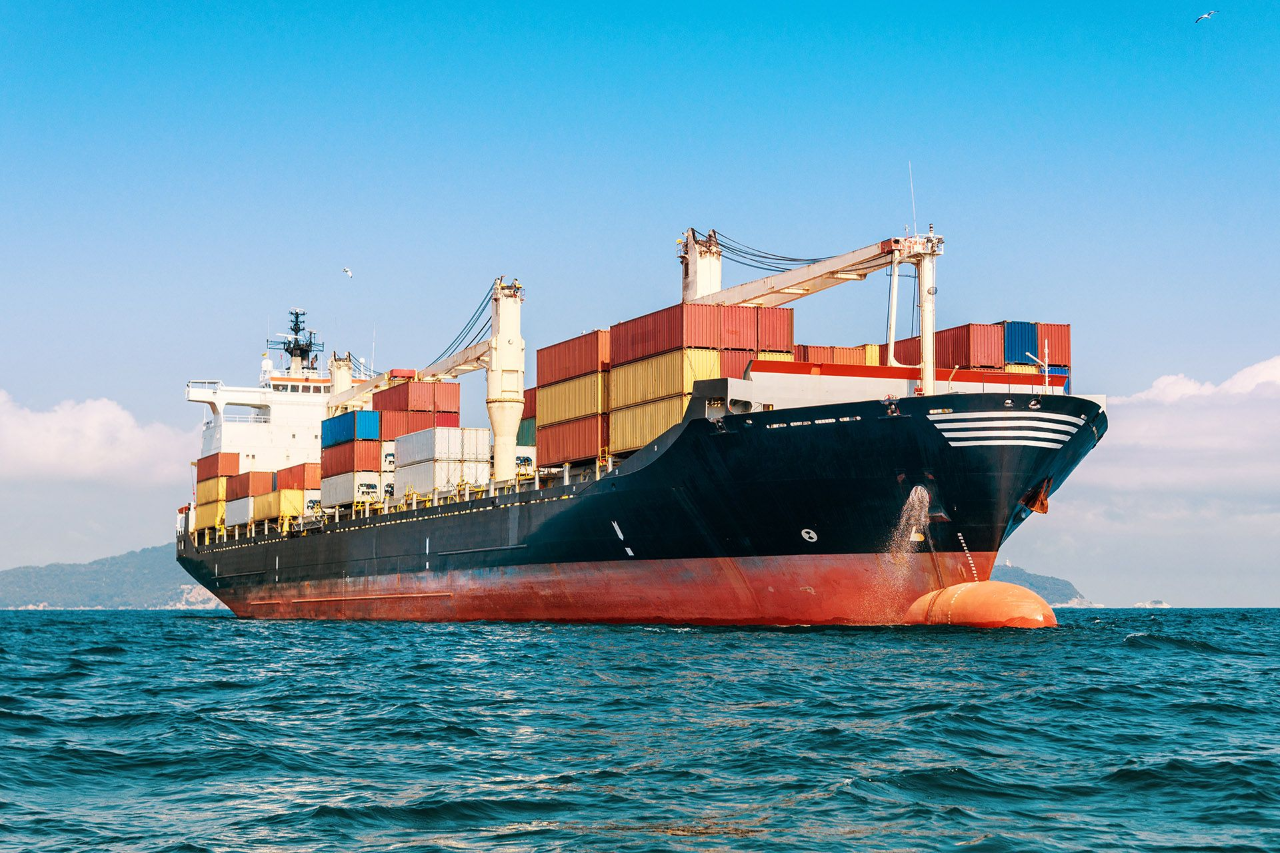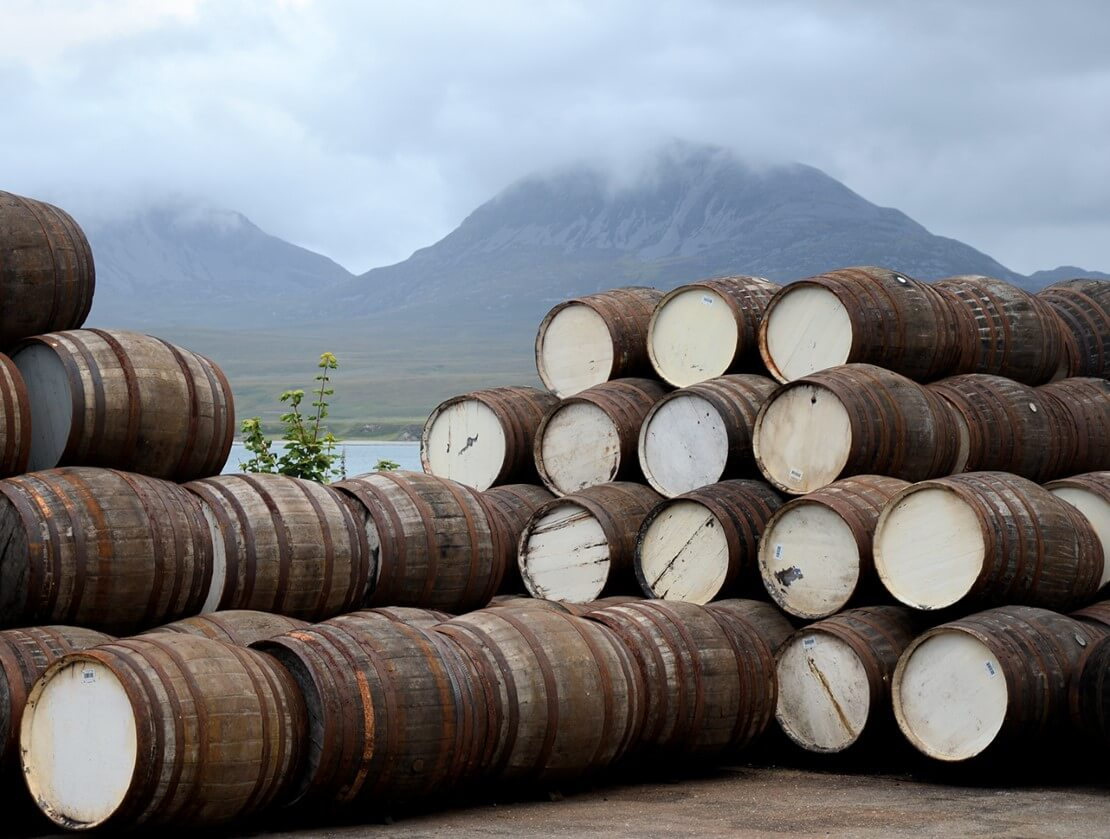Whisky Galore!
2022 will go down as a rip-roaring success for Scotch whisky, given the latest export stats from HMRC. While conscious of the important caveat that shipments are not the same as sales, Tom Bruce-Gardyne delves into the figures for WhiskyInvestDirect...
It has been a remarkable turnaround. Only two years ago, Scotch whisky reported the extent of its battering during the Covid storm with the value of exports down by over a £1 billion, leaving all that steady growth of a decade wiped out in just 12 months.
The industry recovered well in 2021, not quite to its pre-Covid export high of £4.9bn, though marginally ahead on volume by around 5%. But that was nothing to the staggering £6.2bn achieved last year from shipping the equivalent of 130 million cases of Scotch around the world.

The key markets like France and the US are well-known, but as ever it is the global spread underpinning this result that is most impressive.
What other industry in the UK, let alone Scotland, regularly supplies its product to Bolivia, Bhutan, Belize and just about everywhere in between? Maybe there's a lesson here for the rest of Britain's manufacturing base.
Stripping out the bulk shipments, the true face of Scotch whisky lies in its bottled blends on 79m cases and single malts on 14m which together accounted for 92% of the total value in 2022.
Blends have been bobbling around the 60-65m case mark for a decade, so last year marked a significant jump, though not in its biggest market – the US – which imported 6m cases, more-or-less the same as it did pre-Covid. Yet it was good to see value bounce back to £600m on blended Scotch in America, slightly above the 2015-19 average.
Meanwhile, global exports of single malts, which have been growing steadily, surged to just under £2bn last year, over double the amount for 2015. The US remains the top market on £399m, but again the real growth was elsewhere. France posted £233m, 43% up on 2019, Taiwan £198m, having doubled in five years, while China became the fourth biggest malt market by value on £167m compared to just £46m pre-Covid.
The insatiable demand for single malts has drained warehouses across Scotland and almost every producer is having to allocate stock. Leonard Russell, MD of Ian Macleod Distillers, was only half joking when he said he could probably sell the company's entire production of Glengoyne and Tamdhu through China's vast offshore duty-free hub of Hainan. Not that he's tempted.

The whisky industry can try to dampen demand by raising prices and that's happening naturally given the spiralling cost of glass, energy, shipping containers … you name it. But most brands, with the possible exception of Macallan, have to operate within price bands. And they are not in a vacuum – there are plenty of American, Japanese and Irish alternatives out there, not to mention 100% agave Tequila which has so captivated America.
Synchronising supply to meet the world's current thirst for Scotch is bedevilled by the time-lag involved in production.
Consider that every drop shipped in 2022 was distilled before anyone had heard of Covid-19, while few if any predicted that Putin would invade Ukraine and send energy prices through the roof.
As we reported last Friday, Russian shipments were choked off completely in the months following the invasion but have crept back to a surprising degree. Add in Latvia where most Scotch destined for Russia is shipped, strip-stamped and trucked over the border, and you have a market worth £100m, down from £183m in 2021.
Across the ocean, Panama plays a similar role to Latvia, being an entrepot for neighbouring markets.
Last year it shipped in £203m of Scotch, almost four times what it was doing in 2019. As a result this small country, famed for its canal and tax evasion industry, leapt to number seven in the drink's export charts, ahead of Germany and Japan.
The value of Scotch imports to Central and South America jumped 66% in 2022, on top of its 71% growth the year before. Diageo's leading blends in the region – Johnnie Walker, Old Parr and Black & White have been booming, as its MD, Sir Ivan Menezes, was quick to point out at the company's half-year results in January.
Latin America is notoriously volatile and maintaining that kind of momentum won't be easy, but if it does slip into reverse, there are vast markets on the other side of the world ready to lap up any surplus.
India, the drink's biggest market by volume grew 60% last year, and saw value almost double from £146m to £282m. It is the kind of growth one might have predicted from a big cut in the country's punitive import tariffs, but that hasn't happened yet. If it does, possibly by late March, you have to wonder what that would do to the overall supply and demand for Scotch. Either way – 2022 will be a hard act to follow.

Award-winning drinks columnist and author Tom Bruce-Gardyne began his career in the wine trade, managing exports for a major Sicilian producer. Now freelance for 20 years, Tom has been a weekly columnist for The Herald and his books include The Scotch Whisky Book and most recently Scotch Whisky Treasures.
You can read more comment and analysis on the Scotch whisky industry by clicking on Whisky News.
